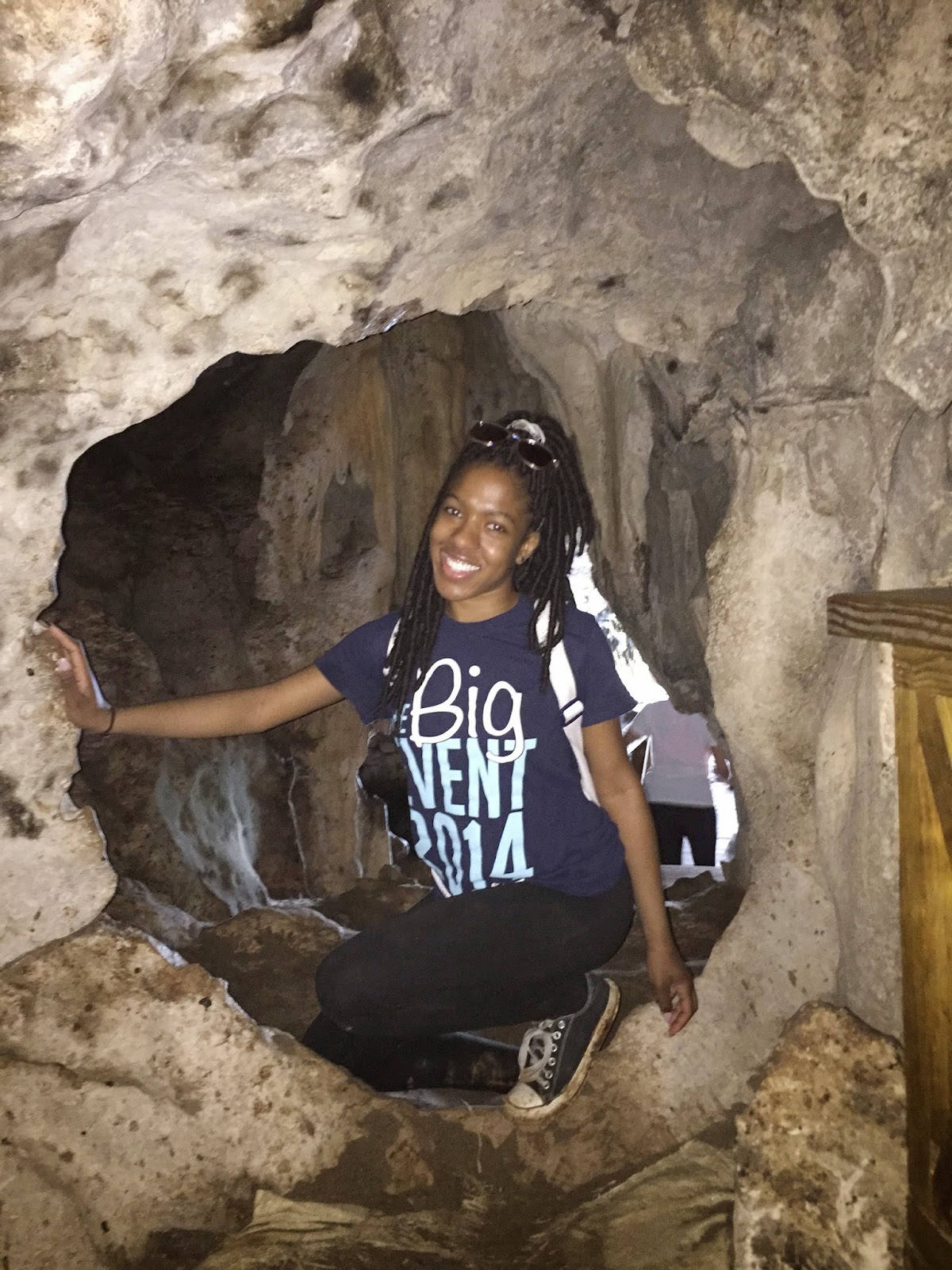 |
Steve in front of the CIEE center
Photo Credit: Rose Kalala |
 |
Haitian child
Photo Credit: Rose Kalala |
Rose: For our first full day in the Dominican Republic, we took a tour of the CIEE Study Center and had three sessions of orientation. The orientation included a general introduction of CIEE, an overview of health, safety, and security, and a glimpse of Dominican culture. In these sessions, we learned an abundance of new and important information that pertained to our stay here for the next 17 days. Maria Gonzalez, the Resident Director of CIEE Santo Domingo, presented about Dominican culture, which I paid close attention to, as our class has a heavy focus on culture. What I found most interesting, is the existence of a racial divide in the Dominican Republic, similar to that of the United States. Maria explained that racism is a big issue and that a considerable amount of prejudice exists towards darker skin tones. She explained that many Dominicans associate dark skin with Haitian or African ancestry, which is viewed negatively. She broke down the racial divide and explained that each complexion was associated with a name categorization, but that these names (or races) were not considered derogatory, despite the fact that lighter complexions often experience more privileges than darker-skinned individuals. I found this idea very puzzling. Rubio/a for example, was explained as someone with blonde hair, blue eyes, and most of the time, fairer skin, whereas moreno/a is used to describe someone of darker skin tone. As Maria explained these terms, she also reiterated many times how they are not considered offensive or prejudice, but are just used culturally to describe one another. This simplification of the meaning behind these terms did not sit well with me. It seemed that she was denying any correlation these “descriptors” have with the prevalence of racism in this country. In my eyes, the labels placed upon these people causing them to be treated differently, further fuels the division between the people in the country, resulting in racism that plagues the people of the D.R. When Maria was explaining this, I thought immediately about how this related to the issues of colorism in the U.S.
such as, the "light-skin vs. dark-skin" phenomenon. This made me realize that colorism is still a challenge across the globe, and is not unique to one place.
 |
Dominican Police Station
Photo Credit: Crystal Croom |
Crystal: Creating, enforcing, and obeying laws are a significant part of American culture, therefore; I expected that this would stand true in any government, but I was proven wrong. During orientation, Maria made it a point to stress the fact that the law enforcement is corrupt and lacks efficiency here in the D.R. She even shared a few stories about her past students that had a problem with law enforcement. Both of her stories included Dominican police stopping and searching her students because they assumed the student had large sums of money due to their American ethnicity. We were also taught about the different types of law enforcement that we would encounter. She informed us of various types such as traffic cops and government guards. She also shared that it was important for us to show respect to the police officers here in the D.R. The police officers do not receive a large salary, thus they take they power and standing seriously, and will take unnecessary actions if they feel they are disrespected. This behavior that Maria enlightend us about speaks to the corruption that exists in the D.R.’s law enforcement. It is also frightening to think about, because if an emergency were to happen, I could not trust that law enforcement would be able respond effectively.
 |
Dominican girl headed to her quinceañera
Photo Credit: Kirstie Geier |
 |
The Cathedral of Santa María La Menor
Photo Credit: Kirstie Geier
|
Kirstie: After our orientation to the CIEE center, we ventured through the Colonial Zone, which is located in Santo Domingo. We were given a tour that included a vast history, as the Colonial Zone is one of the oldest European settlements in the Western Hemisphere. Many of the structures and buildings of the Colonial Zone have been there since they were first constructed, giving this place a unique architectural appearance. This important historical site is home to many landmarks and significant occurrences in the history of the Dominican Republic. One landmark in particular, The Cathedral of Santa María La Menor, is still standing in the Colonial Zone and is the oldest cathedral built in the Americas. Religion plays a huge role in the Dominican culture; clearly stemming from those that first arrived to colonize the island. El Calle el Conde is also a popular street lined with shops and ancient buildings that we were given time to walk through. During our free time in the Colonial Zone, we saw a young Dominican girl dressed beautifully for her quinceañera. This a special tradition in the Dominican culture to celebrate a young girl’s 15th birthday. Friends and family are invited to participate in this celebration and there is food, music, and dancing. Usually, quinceañeras are a celebration of the wealthy population, as they are a costly affair. In regards to health, the Colonial Zone had many stray dogs wandering around the premises; including, a dog with the name “Choo-Chi” that decided to jump on the train and enjoy the tour with us. The issue with stray dogs is their lack of cleanliness and retrieval of vaccinations to protect them from contracting dangerous diseases, such as rabies. These diseases can be spread to humans and thus, result in detrimental health outcomes. Also, these dogs are living among the streets, are not bathed and could have fleas. The grand presence of stray dogs is a norm of the Dominican culture, but could be dangerous to the health of the society.















































